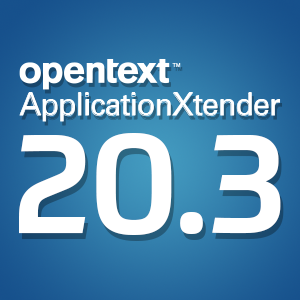Most Wired Survey tracks technology implementation in hospitals
Monday, July 14, 2014The American Hospital Association in conjunction with its flagship publication, Hospitals and Health Networks, recently released its annual list of the "most wired" hospitals in the United States as part of its 16th Most Wired Survey, according to H&HN.
The recognition is awarded to hospitals that integrate foundational electronic systems in order to provide both a safer and more efficient operating environment for patients and staff alike.
"To get to the future state, our strategy reflects around second-curve metrics, thus aligning our health care system, physicians, clinical and nonclinical people across the continuum of care," said Jim Boyer, chief information officer of the critical access hospital at Rush Memorial Hospital in Rushville, Indiana.
Proven advantages for paperless hospitals
A 2009 Johns Hopkins study of more than 40 hospitals and 160,000 patients in Texas found that using content management services over handwritten notes and paper documents notably benefits patients.
Hospitals with the highest scores on their decision support systems were associated with a 21 percent drop in the risk for patient complications. In addition, high scoring hospitals were also connected lower chances of fatality from heart attacks and coronary artery bypass procedures – 9 percent for the former and 55 percent for the latter.
Hospitals were split into three tiers based on the the degree of technological integration. Those in the top third, in addition to enhanced safety, also benefited from lower costs per patient.
"If these results were to hold for all hospitals in the United States, computerizing notes and records might have the potential to save 100,000 lives annually," said the study's senior author Neil R. Powe, M.D., M.P.H. M.B.A, of the Department of Medicine at Johns Hopkins University School of Medicine.
How hospitals have performed thus far
Hospitals are quickly going paperless because of these advantages. H&HN reported that, despite concerns federal mandate timelines for electronic health record adoption were too fast, 90 percent of hospitals had implemented systems by 2013. This is up from 29 percent in 2011.
However, many of these electronic health records are basic, and need to be updated in order for the hospitals to reach full "wired" potential. Because of this, compliance deadlines for hospitals to reach standards for meaningful use Stage 2 and 3 – federal guidelines based on the degree of electronic health record integration – have been pushed back, H&HN explained.
According to the results of the Most Wired Survey now hospitals need to move on from their basic electronic health records and toward more automated horizons – something which will require a push for better analytics, improved population health and a move toward a value-based environment.
These improvements will be necessary in order to construct a more perfect picture of each individual patient, making treatment that much better.
"We are using real-time algorithms within and outside of the electronic health record to look at risk, and predict and inform clinical and operational pathways," says Steve Hess, chief information officer at University of Colorado Health.
"While still early, we are starting to see patterns related to how our patients are interacting with our system and the reimbursement impact of those changes. It is important that our systems are set up to provide the complete patient picture and to ensure that the patient is getting the appropriate care in the appropriate setting at the right time."
Breaking down the progress
Right now 82 percent of the hospitals surveyed allow patients to check test results via an internet-based portal – giving them the opportunity to update themselves from the comfort of their home. Fifty-three percent have implemented self management tools via portals for patients with chronic conditions. Of the survey respondents, 61 percent use predictive modeling and data. This assists them in making better decisions.
Brought to you by Image One Corporation providing complete information governance since 1994.




